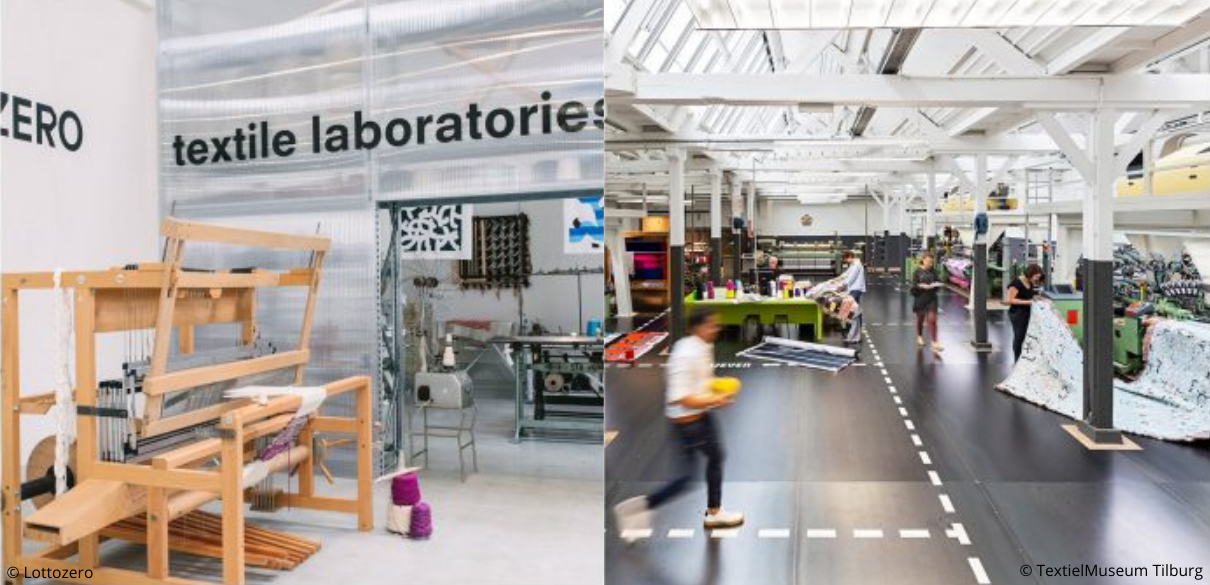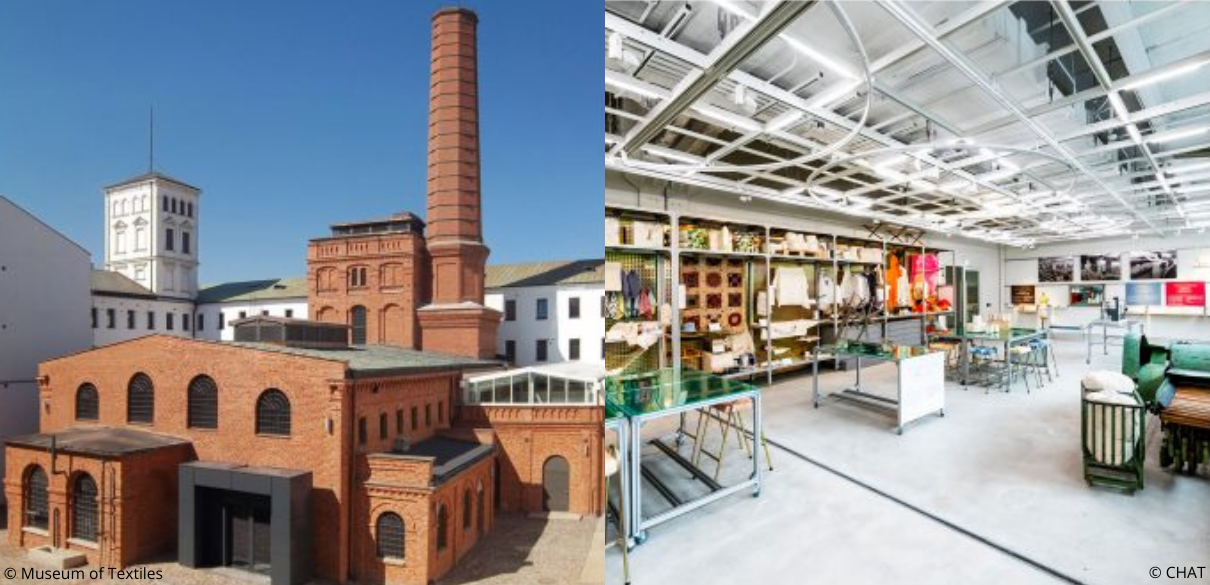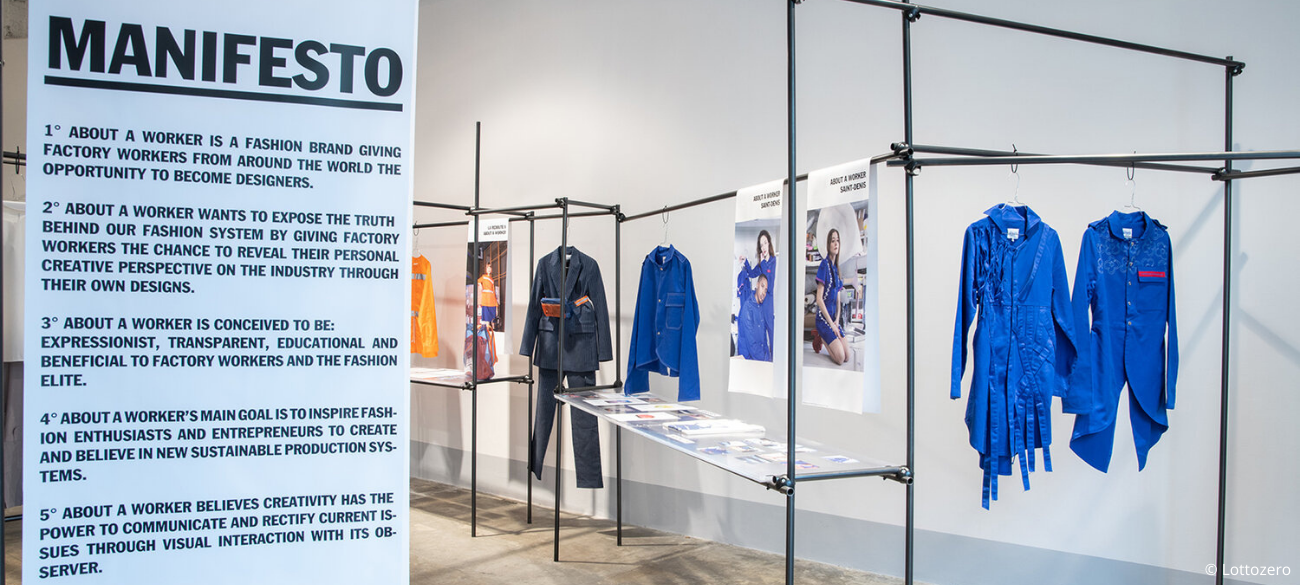EXPO Greater Amsterdam
Stelling 1
2141 SB Vijfhuizen

Create a free retailer account now or view the other options.
Virtual Instagram exhibitions: a textile journey around the world
Textiles are a fundamental part of everyday life: we come into contact with them from wardrobe to living room. The international textile route has been around for centuries and its influence extends far beyond the fashion industry. Despite the current coronavirus crisis, which limits travel and forces museums to close their doors, you can make a textile trip around the world from the comfort of your own living room. Together with three international textile institutions, TextielMuseum Tilburg is innovating the museum experience with virtual Instagram exhibitions under the new Textile Culture Net initiative.
International travel of textiles
Textiles are more than just the building blocks for fabric and clothing, for thousands of years the textile industry has shaped international relations and has had an influence on a cultural level. For example, the trade in Chinese silk ensured a connection between the Western and Asian world and one of the world's first international commercial trade agreements was established (Ellen MacArthur Foundation). This connection brought about an influential interaction of different ideas and cultures and created a tangible and visual connection. It immediately became clear what was fashionable in terms of clothing and decoration in different cultures.

Textile Culture Net
Whereas we normally experience the cultural influence and international connection through textiles in different museums, four textile institutions now have come up with a creative solution in times of coronavirus that simultaneously responds to the digitization of the museum experience. The innovative digital platform 'Textile Culture Net' was founded by TextielMuseum in Tilburg, Center for Heritage, Arts & Textile from China, Lottozero from Italy and Central Museum of Textiles from Poland, and it takes you on a worldwide textile journey along connected Instagram exhibitions. It offers you a closer look at the collections of the four textile museums and this way of exhibiting contributes to exchanging ideas and skills that transcend geographic boundaries.
This way, a broader wider audience gets even better access to all aspects of textiles and new forms of online curatorship for museums are being developed, making visiting an exhibition easier than ever. “Our aim is to spread textile culture at an international level by opening a dialogue around the theme of an exhibition taking place in one of the four institutions. Other museums can respond to this dialogue with works of art from their own collections,” states TextielMuseum.

While the tactile element is very important to textile art, the materials are brought to life digitally in new creative ways: “The pandemic forced us to close our doors, and although opened occasionally, we couldn't let the public touch anything. You can't touch it online either, but you can see and hear it. That is why we experiment and reinvent ourselves to bring the fabrics to life,” Sjouk Hoitsma, curator at the TextielMuseum tells Artribune.
Textile art comes to life in a digital way on your screen through detailed and colourful images and exhibition videos on IGTV and online tours. In combination with extensive descriptions and background information about the works, a new way was found to offer you the tactile experience of textiles through your thoughts, as it were. You will also find various textile workshops online to get started with textiles at home.
The Textile Culture Net kicked off December 2 with the virtual exhibition "About a Worker" by Lottozero (Italy) in which the stories of textile workers about working conditions in the fashion world are told. The exhibition can be followed via Instagram until March 21. Next year, several Instagram exhibitions will be launched by the four institutions. The partnership not only focuses on special stories with a link to textiles, but also takes the digitization of design exhibitions to a higher level, which will undoubtedly remain influential post-corona.
Written by Lara Oliveri
Share article

